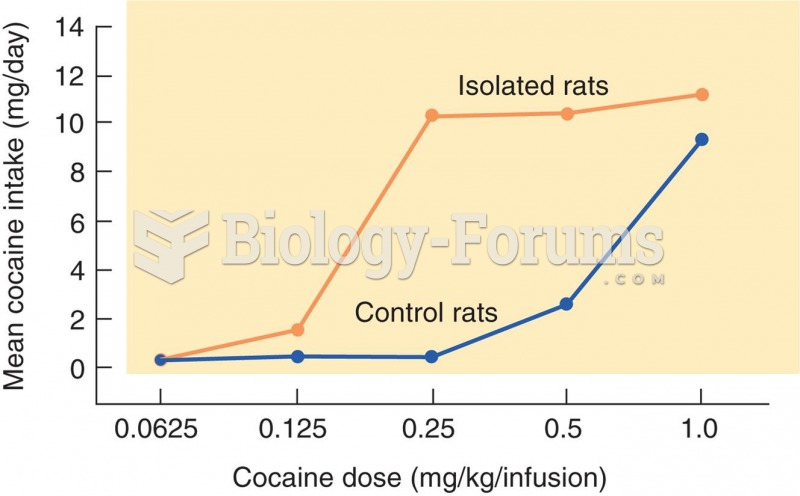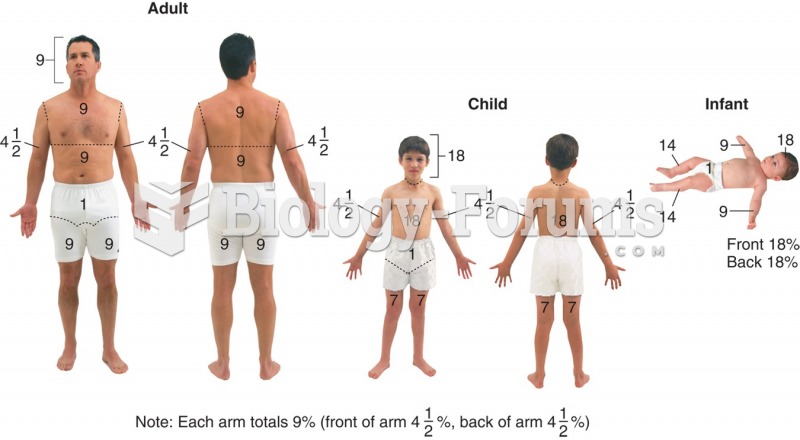Answer to Question 1
Police pay more attention to the Fourth Amendment than they did in 1960 . However,
many officers don't take the rule into account when they're deciding whether to make
a search or seizure.
The social costs of letting guilty criminals go free by excluding credible evidence that
would convict them might not be as high as we commonly believe. Prosecutors
almost never reject cases involving violent crimes because of the exclusionary rule. In
CA, evidence seized illegally led to dismissals in a mere 0.8 of all criminal cases
and only 4.8 of felonies.
The exclusionary rule affects only a small portion of cases and most of those aren't
crimes against persons. Less than one-tenth of one percent of all criminal cases will
be dismissed because the police seized evidence illegally.
Prosecutors and police don't believe that Fourth Amendment rights or their
protection via the exclusionary rule are a significant impediment to crime control.
Many police officials report that the demands of the exclusionary rule and resulting
police training on Fourth Amendment requirements have promoted professionalism in
police departments.
The exclusionary rule appears to be providing a significant safeguard of Fourth
Amendment protections for individuals at a modest cost in terms of either crime
control or effective prosecution.
Answer to Question 2
U.S. v Leon (1984) applied to officers to relied on judges.
Arizona v Evans (1995) expanded it to reliance on court employees.
Illinois v. Krull (1987) expanded it to reliance on an unconstitutional state statute.
Herring v. U.S. (2009) expanded it to include reliance on other police personnel.








